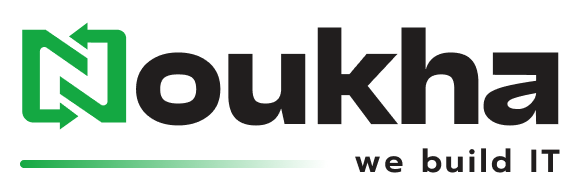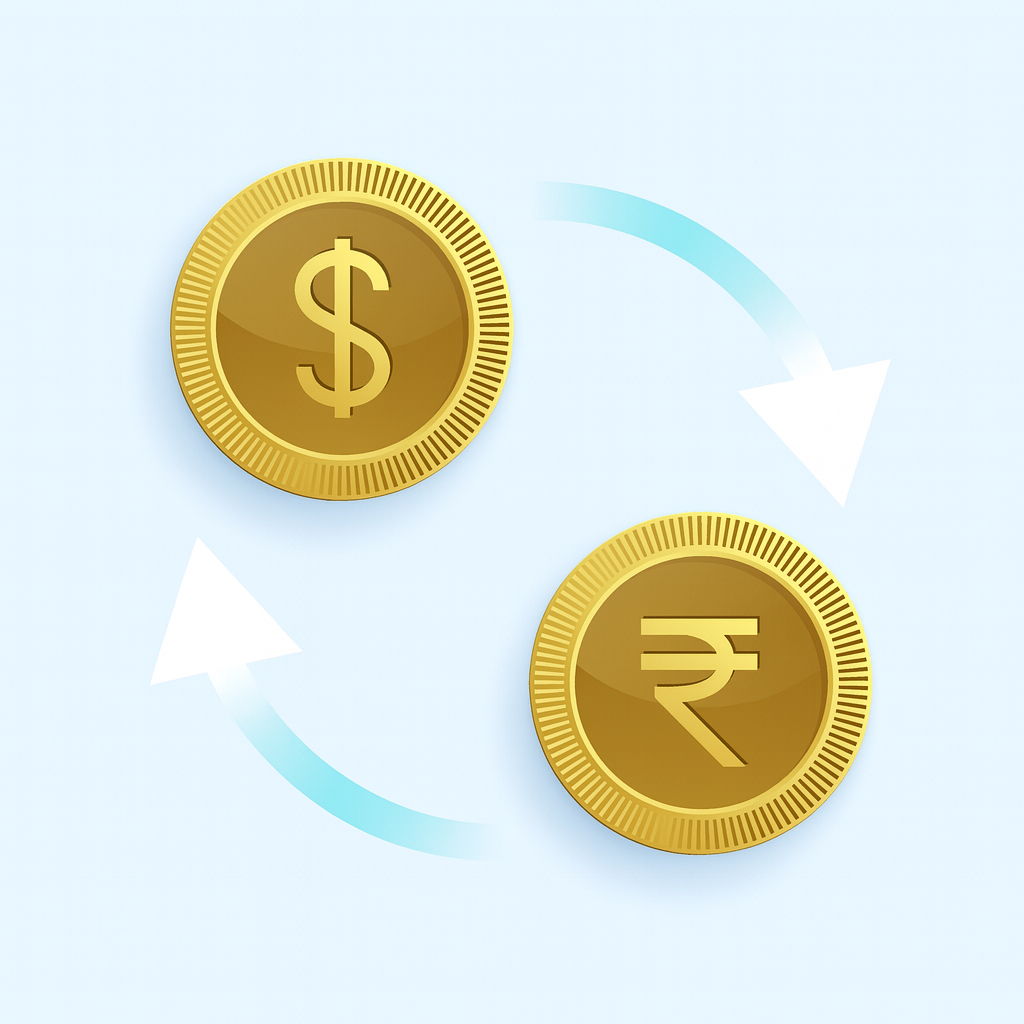Here’s something nobody talks about when you’re planning your next web project: the sticker shock. You get three quotes, and suddenly you’re wondering if these developers think your app prints money.
I’ve been around this industry long enough to see businesses make expensive mistakes. They either go too cheap and regret it, or overspend because they think higher prices automatically mean better quality. The truth? It’s messier than that.
When you’re comparing web application development solutions in Coimbatore with what you’d get in Austin or Seattle, you’re not just looking at different price tags. You’re looking at completely different business ecosystems.
Let’s Talk Real Numbers (Because Everyone Wants to Know)
A decent web application will run you anywhere from $20,000 to $60,000 if you’re working with an Indian team. Same project with a U.S. team? You’re looking at $75,000 to $180,000. But hold on—these numbers don’t tell the whole story.
I’ve seen Indian web and mobile application development services deliver million-dollar-looking products for a fraction of what their American counterparts charge. I’ve also seen projects go sideways because someone chose based on price alone.
Here’s what most people miss: a senior developer in Coimbatore charging $30 per hour might actually deliver faster than someone in San Francisco charging $120 per hour. Why? They’re hungrier, more focused, and frankly, they have fewer distractions.
But then again, I’ve worked with U.S. teams that knocked out complex projects in half the time because they already had the infrastructure, the processes, and the institutional knowledge.
Why the Massive Price Gap Exists
Look, it’s not rocket science. Running a business in India costs less. Period.
Office space in Coimbatore costs what a good parking spot goes for in Manhattan. That web app design company you’re considering? They’re probably paying 1/10th what their Silicon Valley equivalent pays in rent.

Then there’s the talent situation. India graduates more engineers every year than some countries have people. That creates competition, which keeps rates reasonable. But here’s the kicker—many of these developers are as skilled as anyone you’ll find in the States.
The currency exchange rate is the cherry on top. Your dollars stretch further, obviously.
But don’t think this is some kind of arbitrage situation that’ll last forever. Indian rates have been climbing steadily, and the best teams now charge premium rates because they can.
The Quality Question (Let’s Be Honest Here)
Every business owner asks this: “If it’s cheaper, is it worse?”
Sometimes, yes. Sometimes, no. Depends entirely on who you’re working with.
I’ve seen web and mobile application development companies in India that run tighter operations than most U.S. firms. They have better documentation, cleaner code, and more rigorous testing processes.
I’ve also seen disasters. Projects that dragged on for months, communication breakdowns, and final products that looked like they were built in 2005.
The secret isn’t geography—it’s doing your homework. Noukha, for example, has cracked the code on delivering quality work at Indian prices. But they’re selective about projects and clients.
Here’s something most people don’t consider: time zones can actually work in your favor. While you’re sleeping, your development team is cranking away. You wake up to progress updates and completed features.
Project Complexity Changes Everything
Simple websites? Go with India every time. The cost savings are massive, and honestly, most SaaS app development companies there can build basic functionality in their sleep.
Enterprise-level stuff with crazy integrations and compliance requirements? That’s where things get interesting. The cost gap narrows considerably because complexity requires experience, and experience costs money regardless of location.
I worked with a client last year who needed a custom web app developer for a healthcare application. The Indian quotes came in 50% lower, but after factoring in HIPAA compliance consulting and additional security reviews, the difference was maybe 20%.
For fintech or legal applications, you might actually save time and money going with a U.S. team that already knows the regulatory landscape.
The Hidden Costs Nobody Warns You About

Project management is where things get tricky. Most U.S. teams include comprehensive project management in their rates. With international teams, you might need to budget extra for project coordination, especially if communication isn’t their strong suit.
Then there’s the support question. Something breaks at 2 AM Eastern time. Your Indian team is just starting their day, so you might get immediate help. Your U.S. team? They’re asleep.
But what about ongoing maintenance? Feature updates? Bug fixes? This is where the total cost of ownership conversation gets real. Some Indian firms offer incredible support packages. Others disappear after launch.
Legal stuff is another wildcard. International contracts can get complicated, especially around intellectual property. You might need legal review, which adds to your budget.
Making This Decision for Your Specific Situation
Your timeline matters more than you think. Need something yesterday? Pay the premium for a local team that can work in real-time with you.
Got six months to get it right? Indian teams can deliver exceptional value if you manage the relationship properly.
Communication style is huge. Some businesses need constant back-and-forth. Others can work with weekly check-ins. Know yourself before you commit.
The Smart Money Play
More companies are doing hybrid approaches now. Core development in India, specialized components with U.S. experts. It’s like getting the best of both worlds without the full cost hit.
Some businesses start with Indian teams for MVP development, then transition to U.S. teams for scaling and optimization. Makes sense if you’re managing cash flow but don’t want to compromise on final quality.
Frequently Asked Questions
Q: How much money can I actually save going with an Indian development team instead of a U.S. one?
A: In my experience, you’re looking at 50-70% savings on paper, but the real-world number is closer to 40-60% once you factor in everything else. A project that costs $150,000 in the U.S. might run $60,000-90,000 in India. The catch? It might take 25% longer to complete, and you’ll probably spend more time on project management. Still significant savings, but don’t expect to cut costs in half without any trade-offs.
Q: What should I watch out for when working with overseas development teams to avoid getting burned?
A: Communication red flags are your biggest warning sign. If they’re vague about timelines, avoid detailed technical discussions, or seem to agree with everything you say without asking clarifying questions, run. Also, be wary of teams that won’t show you work-in-progress or insist on payment upfront. Good international teams are transparent about their processes, provide regular updates, and have clear escalation procedures when things go wrong.
Q: How do I protect my intellectual property when working with a development team in another country?
A: Start with a rock-solid contract that explicitly states IP ownership—everything created for your project belongs to you, period. Work with established companies that have proper legal frameworks in place, not freelancers operating out of their bedrooms. Many reputable firms will sign comprehensive NDAs and use secure development environments. Consider using code escrow services for additional protection. And honestly? Register your trademarks and key IP before you start the project, not after.
Bottom line: both Indian and U.S. development teams can deliver exceptional results. Your job is figuring out which approach fits your budget, timeline, and risk tolerance. Don’t just chase the lowest price, but don’t assume expensive automatically means better either.
The sweet spot is finding a web application development solutions provider—whether they’re in Coimbatore or California—who understands your business, communicates clearly, and has a track record of delivering projects similar to yours. Geography matters less than you think. Partnership quality matters more than you realize.



